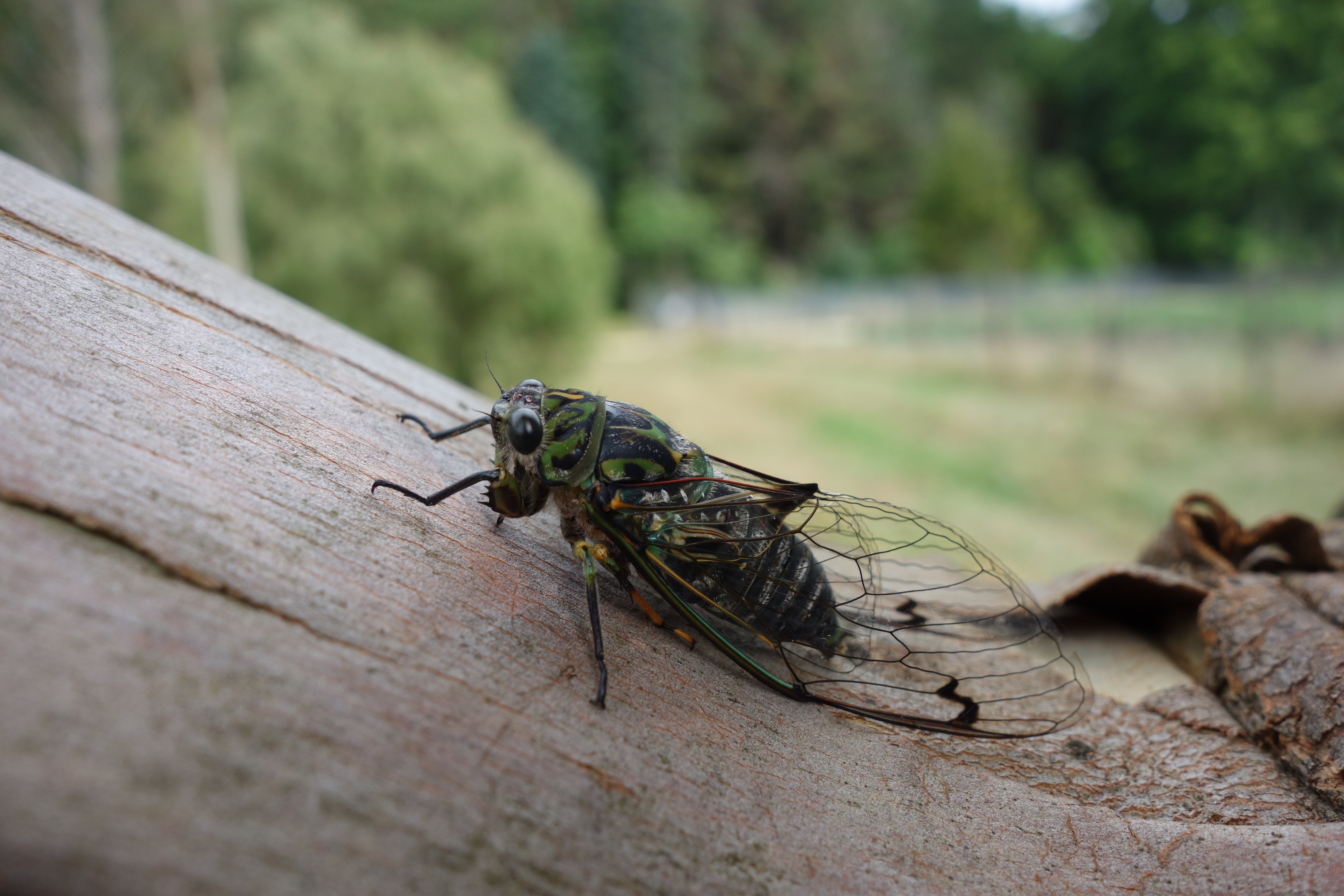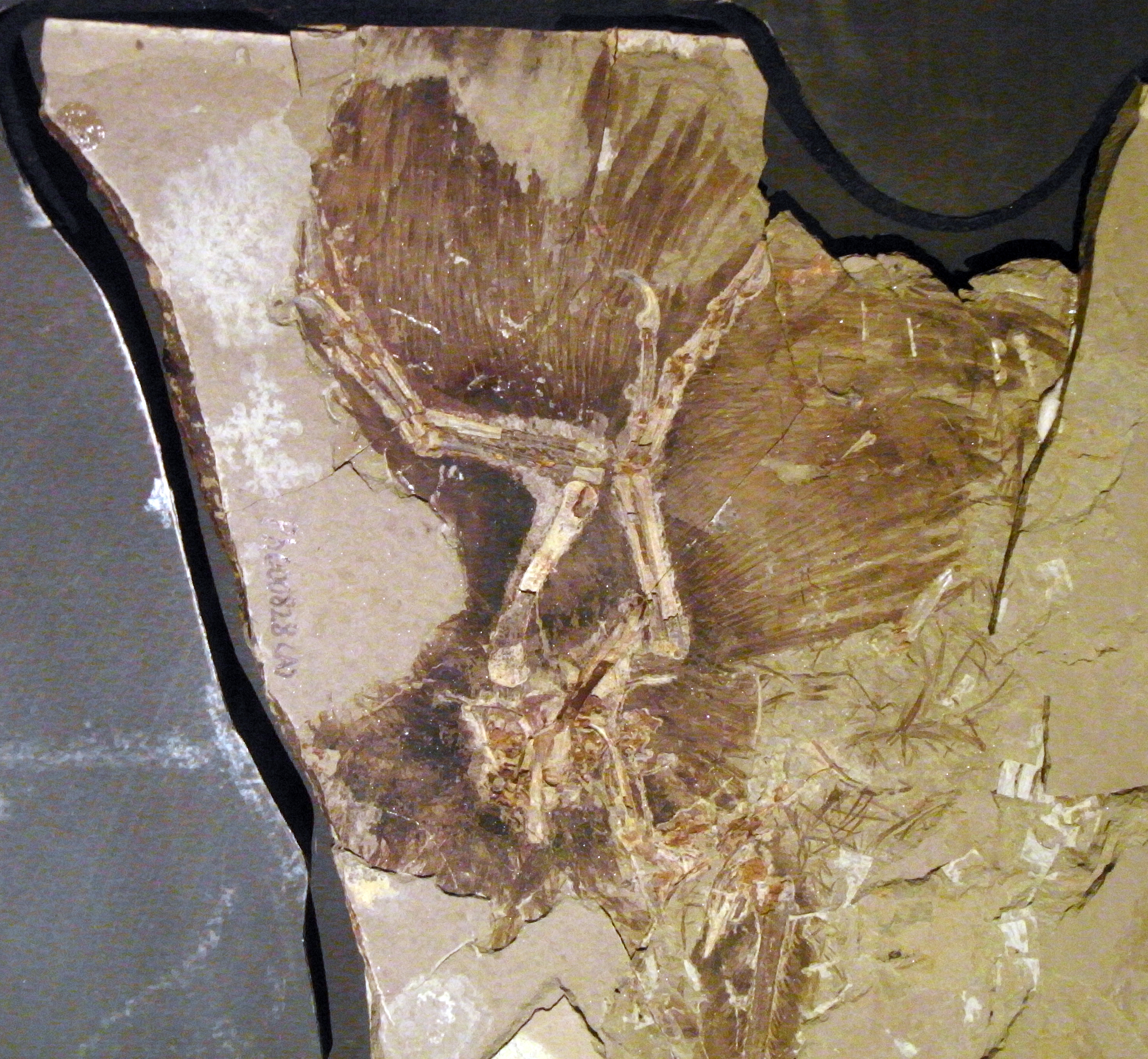|
White-browed Tit
The white-browed tit (''Poecile superciliosus'', formerly ''Parus superciliosus'') is a species of bird in the tit family Paridae. It is endemic to the mountain forests of central China and Tibet. It is 13.5–14 cm long, with a weight of 10–12 g. The plumage pattern is very similar to that of the western North American mountain chickadee ''P. gambeli'' (of which it has on occasion been considered a subspecies, despite its being on a different continent), differing in the breast and cheeks being rusty brown, not white, and having a longer and more sharply defined white eyebrow; the back is also a richer brown, not greyish-brown (del Hoyo et al. 2007). It breeds in alpine shrub forests of ''Berberis'', '' Rhamnus'', ''Rhododendron'', and ''Salix'' at 3,200–4,235 m altitude, descending in winter to slightly lower levels where it occurs in coniferous forests, primarily ''Picea''. It nests on the ground in rock crevices or old rodent burrows (del Hoyo et al. 2007). Molecu ... [...More Info...] [...Related Items...] OR: [Wikipedia] [Google] [Baidu] [Amazon] |
|
 |
Nikolai Przhevalsky
Nikolay Mikhaylovich Przhevalsky (or Prjevalsky;; , . – ) was a Russian geographer and a renowned explorer of Central and East Asia. Although he never reached his ultimate goal, the city of Lhasa in Tibet, he still travelled through regions then unknown to Westerners, such as northern Tibet (modern Tibet Autonomous Region), Amdo (now Qinghai) and Dzungaria (now northern Xinjiang). He contributed substantially to European knowledge of Central Asian geography. Przhevalsky described several species previously unknown to European science, such as Przewalski's horse, Przewalski's gazelle, and the wild Bactrian camel, all of which are now endangered. He was also a mentor of the explorer Pyotr Kozlov. Biography Przhevalsky was born in the Kimborovo family estate (in the Smolensky Uyezd of the Smolensk Governorate of the Russian Empire) which belonged to his grandfather from his mother's side, a Russian nobleman Aleksei Stepanovich Karetnikov, and his wife Ksenia Davydovn ... [...More Info...] [...Related Items...] OR: [Wikipedia] [Google] [Baidu] [Amazon] |
|
Spruce
A spruce is a tree of the genus ''Picea'' ( ), a genus of about 40 species of coniferous evergreen trees in the family Pinaceae, found in the northern temperate and boreal ecosystem, boreal (taiga) regions of the Northern hemisphere. ''Picea'' is the sole genus in the subfamily Piceoideae. Spruces are large trees, from about 20 to 60 m (about 60–200 ft) tall when mature, and have Whorl (botany), whorled branches and cone (geometry), conical form. Spruces can be distinguished from other Genus, genera of the family Pinaceae by their pine needle, needles (leaves), which are four-sided and attached singly to small persistent peg-like structures (pulvini or sterigmata) on the branches, and by their seed cone, cones (without any protruding bracts), which hang downwards after they are pollinated. The needles are shed when 4–10 years old, leaving the branches rough with the retained pegs. In other similar genera, the branches are fairly smooth. Spruce are used as food pla ... [...More Info...] [...Related Items...] OR: [Wikipedia] [Google] [Baidu] [Amazon] |
|
 |
Endemic Birds Of China
Endemism is the state of a species being found only in a single defined geographic location, such as an island, state, nation, country or other defined zone; organisms that are indigenous to a place are not endemic to it if they are also found elsewhere. For example, the Cape sugarbird is found exclusively in southwestern South Africa and is therefore said to be ''endemic'' to that particular part of the world. An endemic species can also be referred to as an ''endemism'' or, in scientific literature, as an ''endemite''. Similarly, many species found in the Western ghats of India are examples of endemism. Endemism is an important concept in conservation biology for measuring biodiversity in a particular place and evaluating the risk of extinction for species. Endemism is also of interest in evolutionary biology, because it provides clues about how changes in the environment cause species to undergo range shifts (potentially expanding their range into a larger area or becoming ... [...More Info...] [...Related Items...] OR: [Wikipedia] [Google] [Baidu] [Amazon] |
 |
Birds Of Tibet
Birds are a group of warm-blooded vertebrates constituting the class (biology), class Aves (), characterised by feathers, toothless beaked jaws, the Oviparity, laying of Eggshell, hard-shelled eggs, a high Metabolism, metabolic rate, a four-chambered heart, and a strong yet lightweight Bird skeleton, skeleton. Birds live worldwide and range in size from the bee hummingbird to the common ostrich. There are over 11,000 living species and they are split into 44 Order (biology), orders. More than half are passerine or "perching" birds. Birds have Bird wing, wings whose development varies according to species; the only known groups without wings are the extinct moa and elephant birds. Wings, which are modified forelimbs, gave birds the ability to fly, although further evolution has led to the Flightless bird, loss of flight in some birds, including ratites, penguins, and diverse endemism, endemic island species. The digestive and respiratory systems of birds are also uniquely a ... [...More Info...] [...Related Items...] OR: [Wikipedia] [Google] [Baidu] [Amazon] |
 |
Birds Of Central China
Birds are a group of warm-blooded vertebrates constituting the class Aves (), characterised by feathers, toothless beaked jaws, the laying of hard-shelled eggs, a high metabolic rate, a four-chambered heart, and a strong yet lightweight skeleton. Birds live worldwide and range in size from the bee hummingbird to the common ostrich. There are over 11,000 living species and they are split into 44 orders. More than half are passerine or "perching" birds. Birds have wings whose development varies according to species; the only known groups without wings are the extinct moa and elephant birds. Wings, which are modified forelimbs, gave birds the ability to fly, although further evolution has led to the loss of flight in some birds, including ratites, penguins, and diverse endemic island species. The digestive and respiratory systems of birds are also uniquely adapted for flight. Some bird species of aquatic environments, particularly seabirds and some waterbirds, have fur ... [...More Info...] [...Related Items...] OR: [Wikipedia] [Google] [Baidu] [Amazon] |
 |
Poecile
''Poecile'' is a genus of birds in the tit (bird), tit family Paridae. It contains 15 species, which are scattered across North America, Europe and Asia; the North American species are the chickadees. In the past, most authorities retained ''Poecile'' as a subgenus within the genus ''Parus'', but treatment as a distinct genus, initiated by the American Ornithologists Union, is now widely accepted. This is supported by mtDNA cytochrome b, cytochrome ''b'' sequence analysis. The genus ''Poecile'' was erected by the German naturalist Johann Jakob Kaup in 1829. The type species was subsequently designated as the marsh tit (''Poecile palustris'') by English zoologist George Robert Gray in 1842. The name ''Poecile'' is from Ancient Greek ''poikilos'' "colourful". A related word ''poikilidos'' denoted an unidentified small bird. It has traditionally been treated as feminine (giving name endings such as ''cincta''); however, this was not specified by the original genus author Johann Jak ... [...More Info...] [...Related Items...] OR: [Wikipedia] [Google] [Baidu] [Amazon] |
|
Handbook Of The Birds Of The World
The ''Handbook of the Birds of the World'' (HBW) is a multi-volume series produced by the Spanish publishing house Lynx Edicions in partnership with BirdLife International. It is the first handbook to cover every known living species of bird. The series was edited by Josep del Hoyo, Andrew Elliott, Jordi Sargatal and David A. Christie. All 16 volumes have been published. For the first time an animal class will have all the species illustrated and treated in detail in a single work. This has not been done before for any other group in the animal kingdom. Material in each volume is grouped first by family, with an introductory article on each family; this is followed by individual species accounts (taxonomy, subspecies and distribution, descriptive notes, habitat, food and feeding, breeding, movements, status and conservation, bibliography). In addition, all volumes except the first and second contain an essay on a particular ornithological theme. More than 200 renowned sp ... [...More Info...] [...Related Items...] OR: [Wikipedia] [Google] [Baidu] [Amazon] |
|
|
Sombre Tit
The sombre tit (''Poecile lugubris'') is a species of passerine bird belonging to the family Paridae, the “true” tits and chickadees. This species is found in southeast Europe and southwest Asia. Taxonomy The sombre tit was first formally described ias ''Parus lugubris'' in 1820 by the Dutch zoologist Temminck with its type locality given as "Dalmatia and Hungary". This species is now classified in the genus ''Poecile'' rather than ''Parus''. Molecular phylogenetic studies have shown that the sombre tit is sister to the white-browed tit (''Poecile superciliosus''). Description The sombre tit is slightly smaller than a great tit (''Parus major'') with similar proportions, although in plumage it most resembles a willow tit (''Po. montanus'') but it has a brownish to grey=black cap which extends further into the sides of the head with the off-white chhek patch being restricted to a narrow triangle by the larger bib. The head is often peaked when the bird is in an upright s ... [...More Info...] [...Related Items...] OR: [Wikipedia] [Google] [Baidu] [Amazon] |